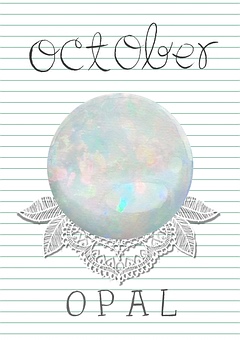Birthstones
- Kactri Jewelry

- Dec 3
- 2 min read
Updated: Mar 25
The Revelation of John mentions a series of twelve stones that will be the cornerstones of the New Jerusalem.
In the book Exodus of the Old Testament, chapter LST, which is much older than Revelation, we find another relevant verse. It refers to a dozen gemstones, which are embroidered in the urn of Aaron. A lodge is the divinatory vestment of the Jewish high priests.
Finally, in the book of Ezekiel, 28, 13, we find a third dozen gemstones. In the older traditions of the peoples, and in the mystical tradition, there is an obsession with the number 12 and its multiples (eg 72). Already the first calendar created by the Sumerians and Akkadians included 12 months, and 360 days (30x12).
Dating back to very old texts dating back to the first Christian centuries, the dozen stones were associated with the twelve months of the year (Josephus, 1st century AD, Saint Jerome 5th century AD, Saint Epiphanius 4th century AD) .Χ.). The Christians, therefore, without any particular objections, adopted the association of the months with certain stones.
Previously, the Romans, the Jews and the Arabs, also had their own correlations of stones with the months.
Comparing these lists, the researchers found that they largely coincided. It also had to be borne in mind that the names of the stones changed over the years.
After the appropriate adjustments were made, the National Jewelers Association of America, in 1912 (led by Dr. Kunz), compiled a list of birthstones.
This table summarises the belief of the sages from earlier times, in terms of stones and their influences on people. In many countries, such as the United States, jewelry buyers consider it necessary to consult this table before choosing a piece of jewelry. Many people know their birthstone as they know their zodiac sign.
source: Jewelpedia



























Comments